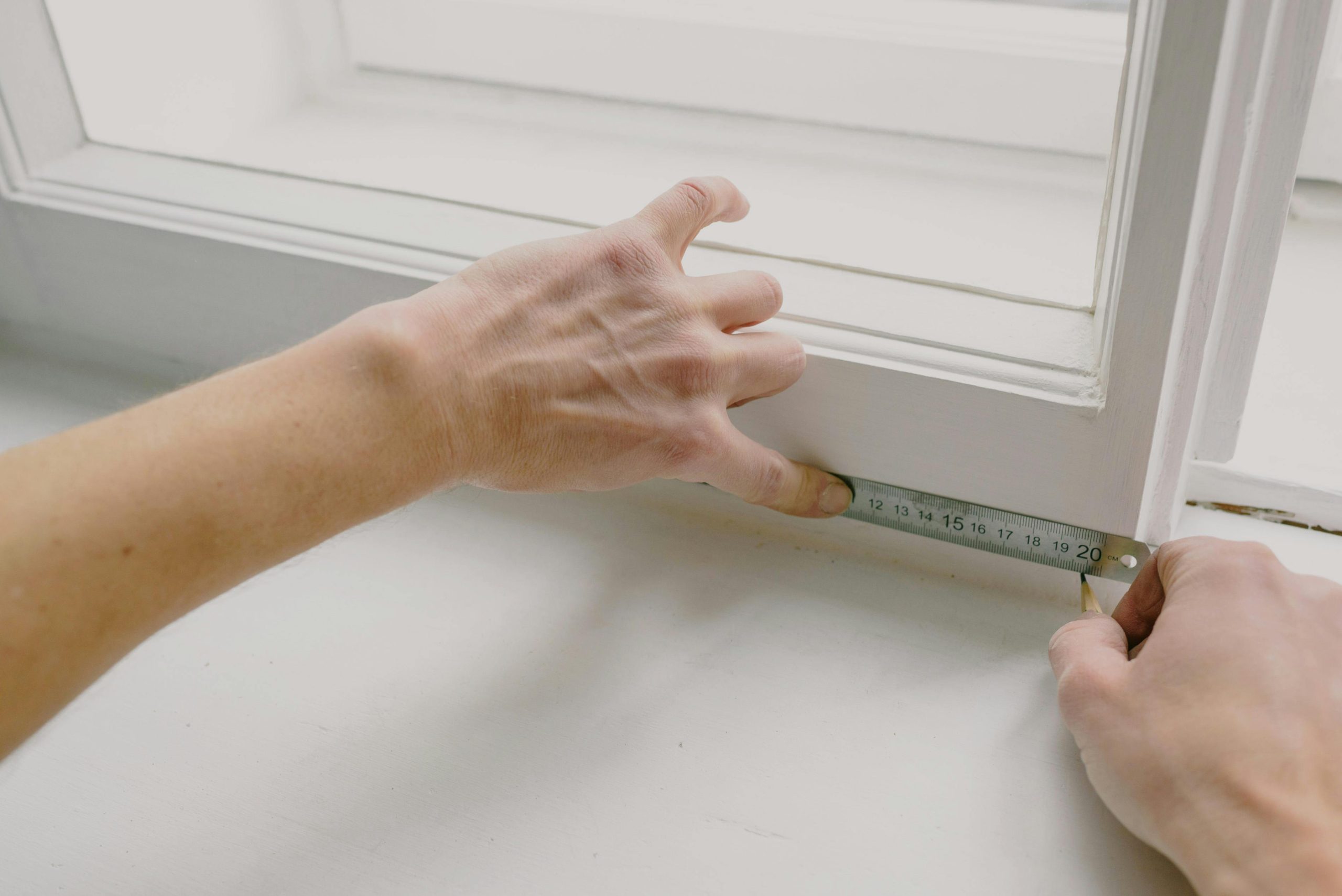Troubleshooting a New PC Build: Resolving DRAM Light Indicator on ASUS ROG STRIX B850-I with Ryzen 7 9800X3D
Building a new PC can be an exciting experience, but it often comes with its share of challenges. One common issue encountered by enthusiasts involves the motherboard failing to POST (Power-On Self Test), with diagnostic indicators such as the DRAM LED remaining lit. If you’re facing a similar problem with your build, here’s a comprehensive overview based on a recent user scenario, along with key troubleshooting steps and insights.
System Overview
The user’s build features the following components:
- Motherboard: ASUS ROG STRIX B850-I Gaming
- Processor: AMD Ryzen 7 9800X3D
- Memory: Corsair Vengeance 64GB (2x32GB) DDR5-6000 CL30
- Graphics Card: NVIDIA RTX 5080
- Storage: Samsung 990 Pro SSD
- Power Supply: Corsair 850 SFX
- Case: FormD T1 v2.5
Initial Issue
Upon assembly, the system failed to POST, with the motherboard displaying a DRAM LED indicator. Troubleshooting commenced with standard procedures:
- Testing with a single RAM stick
- Clearing the CMOS
- Updating the BIOS to the latest version
- Repeatedly reseating components
Initially, updating the BIOS allowed the system to POST momentarily. However, subsequent attempts to restart resulted again in the DRAM light and failure to POST. The user also tried:
- Using different RAM modules and slots
- Swapping the motherboard with a spare
- Disconnecting riser cables
- Testing with different, known-good power supplies and GPUs
- Reseating the CPU multiple times
Despite these efforts, the problem persisted.
Understanding DDR5 Training and Compatibility
One key factor to consider with DDR5 memory is that it often requires a memory training or initialization period. Patience can sometimes resolve boot issues, especially after BIOS updates or hardware changes. Waiting periods of 15 minutes or more during POST are not uncommon, allowing the motherboard to complete memory training routines.
Additional Troubleshooting Steps
Given the persistent problem, the user is contemplating replacing the CPU, suspecting possible processor issues. It’s worth noting that:
- Ensuring the BIOS version supports the Ryzen 7 9800X3D is crucial; the latest BIOS
Share this content:



